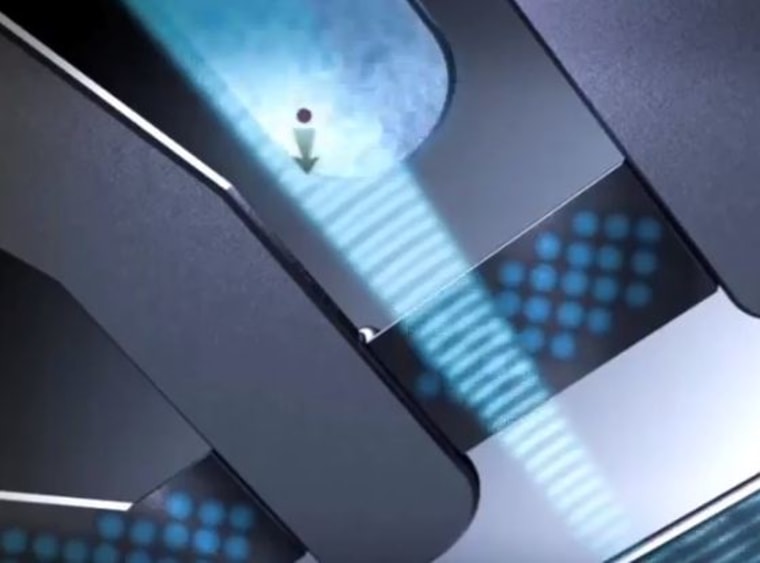
Practical quantum computers that will allow us to crack encrypted messages in a jiffy and design a new class of life-saving drugs are a big step closer thanks to scientists who have created the first working quantum bit based on a single atom in silicon.
The scientists report in the journal Nature today that they were able to read and write information using the spin of an electron bound to a single phosphorous atom embedded in a silicon chip.
The breakthrough is crucial to building quantum computers with silicon, which is important because silicon is already at the heart of the modern computing industry and is well understood scientifically. Industry could thus potentially work more easily with it to build the computers of tomorrow.
Researchers from the University of New South Wales in Australia describe the breakthrough in the video below.
“The crucial next step for silicon-based quantum information technology will be to develop devices that have multiple quibits coupled together,” write quantum computing experts Lee Bassett and David Awschalom from the University of California, Santa Barbara, in a related perspective article in Nature.
The Australian researchers say they are already at work on the next step. If successful, the computers of the future may not look all that different than the ones we’ve used for the past 50 years, note the University of California researchers.
John Roach is a contributing writer for NBC News Digital. To learn more about him, check out his website. For more of our Future of Technology series, watch the featured video below.